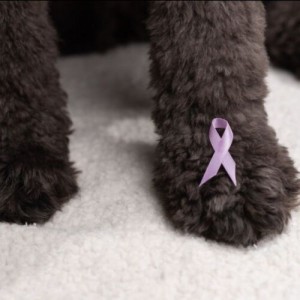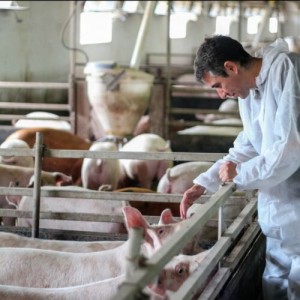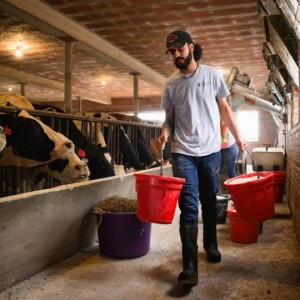Poland research institute detects H5N1 viruses in cats
The Avian Flu Diary reported in early July that the H5N1 virus has been detected in sick and dying cats in numerous cities across Poland. Produced by Michael Coster, a blogger based in Florida, the diary covers new research from around the world.
Coster wrote that the director of the National Veterinary Research Institute in Puławy said that "they have detected two mutations that indicate that the [a H5N1] virus is evolving to multiply more easily in mammals."
While a single source was implicated, it was not clear how indoor and outdoor cats from across a wide swath of Poland are contracting the virus.
In the blog post, Coster cited a translated statement:
"Results of genome sequence analysis of highly pathogenic avian influenza (HPAI) viruses, H5N1 subtype, detected in nine cats from Poznań, Tri-City and Lublin.
On July 17, UN News reported that Polish authorities were investigating all potential sources of infection after some 29 cats were found to be infected with the influenza A virus, similar to those found in birds.
No human contacts of A(H5N1) positive cats have reported any symptoms, the UN health agency said, adding that the surveillance period for all contacts was complete.
According to the Avian Flu Diary, all analyzed feline viruses are closely related to each other and, according to the nomenclature used by the EU Reference Laboratory in Padua, belong to the CH genotype. This genotype dominated at the peak of the current avian influenza season in 2022-23 and was found mainly in poultry in the province of Wielkopolska, as well as in wild birds in various regions of the country.
Recently, a virus belonging to the CH genotype was detected in a white stork at the beginning of June in the Tarnów district (outbreak No. 119/2023) and it is from that virus that the strains derived from cats are most closely related.
This indicates that the feline H5N1 avian influenza viruses analyzed so far originate from a single, unidentified source, related to the H5N1 viruses circulating in wild birds in recent weeks in Poland.
The National Veterinary Research Institute cooperates with the EU Reference Laboratory, the European Food Safety Authority and the European Center for Disease Prevention and Control in the field of more detailed molecular analysis of detected viruses and assessment of zoonotic potential.
Read more on the blog: https://afludiary.blogspot.com/
The UN News story is also available online.














List
Add
Please enter a comment